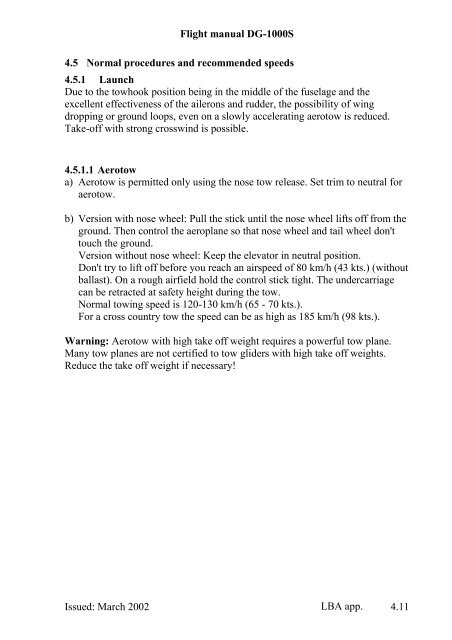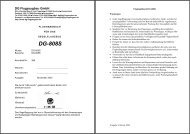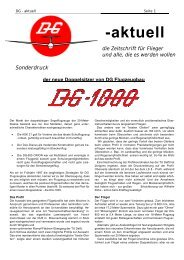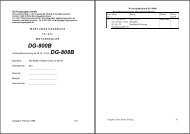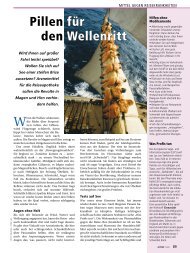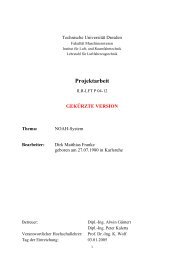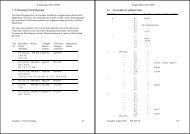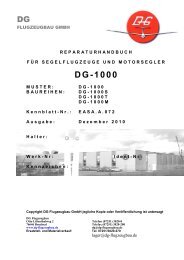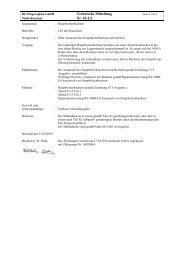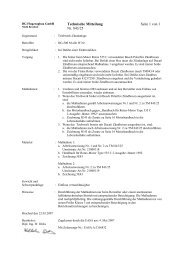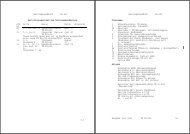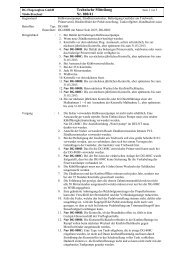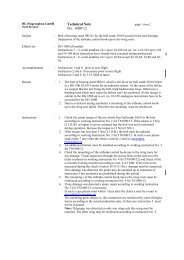DG-1000S - DG Flugzeugbau
DG-1000S - DG Flugzeugbau
DG-1000S - DG Flugzeugbau
You also want an ePaper? Increase the reach of your titles
YUMPU automatically turns print PDFs into web optimized ePapers that Google loves.
Flight manual <strong>DG</strong>-<strong>1000S</strong><br />
4.5 Normal procedures and recommended speeds<br />
4.5.1 Launch<br />
Due to the towhook position being in the middle of the fuselage and the<br />
excellent effectiveness of the ailerons and rudder, the possibility of wing<br />
dropping or ground loops, even on a slowly accelerating aerotow is reduced.<br />
Take-off with strong crosswind is possible.<br />
4.5.1.1 Aerotow<br />
a) Aerotow is permitted only using the nose tow release. Set trim to neutral for<br />
aerotow.<br />
b) Version with nose wheel: Pull the stick until the nose wheel lifts off from the<br />
ground. Then control the aeroplane so that nose wheel and tail wheel don't<br />
touch the ground.<br />
Version without nose wheel: Keep the elevator in neutral position.<br />
Don't try to lift off before you reach an airspeed of 80 km/h (43 kts.) (without<br />
ballast). On a rough airfield hold the control stick tight. The undercarriage<br />
can be retracted at safety height during the tow.<br />
Normal towing speed is 120-130 km/h (65 - 70 kts.).<br />
For a cross country tow the speed can be as high as 185 km/h (98 kts.).<br />
Warning: Aerotow with high take off weight requires a powerful tow plane.<br />
Many tow planes are not certified to tow gliders with high take off weights.<br />
Reduce the take off weight if necessary!<br />
Issued: March 2002 LBA app. 4.11


